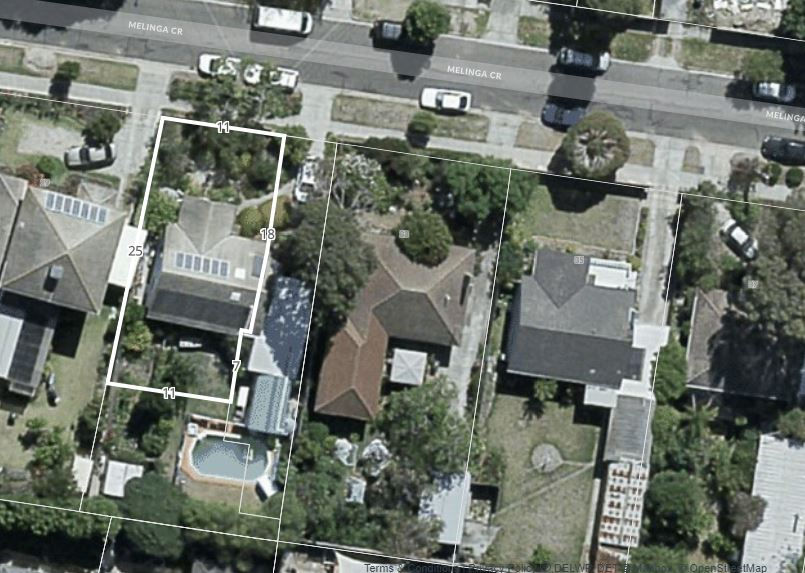What Is an OM in Real Estate? A Practical Guide to Offering Memorandums
Overview: What Is OM in Real Estate?
An OM-short for Offering Memorandum -is a comprehensive, marketing-driven disclosure document used primarily in commercial real estate to present a property and deal terms to prospective investors or buyers. It typically covers the property, market, financials, risks, and participation terms, helping qualified parties decide whether to proceed to deeper due diligence and negotiations [1] [2] [3] .
In practice, an OM functions as both a marketing package and an information set that can span from a dozen pages to more than one hundred pages, depending on property complexity and the sponsor’s disclosure standards [1] .

Source: stock.adobe.com
Why OMs Matter
OMs streamline deal flow by presenting the property’s investment thesis, performance, and projected returns in one place. They also help sponsors communicate risks and key terms-improving transparency and reducing back-and-forth during initial screening [2] [3] . Because OMs often include sensitive financial information, access may require signing a confidentiality or non-disclosure agreement (NDA) before viewing [1] [3] .
What an OM Typically Includes
While no two OMs are identical, most credible documents include these sections:
- Property overview : location, building details, site plans, photos, aerials, stacking plans, and key physical characteristics [3] .
- Market analysis : demographics, competitive landscape, demand drivers, and submarket dynamics to contextualize the asset’s performance potential [1] [3] .
- Financials : historical operating statements, rent roll, tenant profiles, current income/expenses, multi-year cash flow projections, and performance metrics (often including pro forma) [2] [3] .
- Business plan and objectives : value-add strategy, hold period assumptions, and distribution outlines, when applicable to investment offerings [2] .
- Risk disclosures : investment risks and considerations related to tenancy, market, financing, and execution [2] .
- Sponsor/management background : team biographies and track record to establish credibility and operational capability [2] .
- Participation and confidentiality terms : requirements to receive materials and submit interest, plus NDA or confidentiality provisions [1] [2] [3] .
How OMs Are Used in the Deal Process
In commercial sales or private placements, brokers and sponsors use OMs to control the deal funnel-qualifying interest, tracking NDAs, and distributing information to serious buyers. After reviewing the OM, investors decide whether to submit questions, request a data room, or prepare an offer/LOI. For private offerings, distribution may target known professional contacts and, when marketed publicly, participation is often limited to accredited investors under applicable securities exemptions [1] [3] .
Step-by-Step: How to Request and Review an OM
Requesting an OM
- Identify the listing via a broker’s marketing email, marketplace, or direct sponsor outreach. You may be asked to verify your role and interest before receiving materials [1] .
- Sign the NDA or confidentiality agreement if required. This is common when financials and tenant-level details are included [1] [3] .
- Request access to the latest version of the OM and confirm whether supplemental materials (e.g., rent roll exports, trailing 12-month financials) are available upon request or via a secure data room [3] .
Reviewing an OM
- Start with the investment thesis : Clarify the business plan, value drivers, and risk factors disclosed by the sponsor [2] .
- Validate financial assumptions : Compare historicals to pro forma, check rent roll versus market comps, and stress test occupancy, rent growth, and expense trends [3] .
- Assess market and demographics : Evaluate demand drivers, employer base, and comparable assets to gauge sustainability of projected performance [3] .
- Evaluate sponsor strength : Review track record and operating capabilities included in biographies and background sections [2] .
- Note confidentiality and participation terms : Understand restrictions on sharing, next steps for questions, and how to submit interest or offers [1] [2] .
Real-World Examples and Use Cases
Consider a stabilized multi-tenant office with upcoming lease roll. An OM might highlight strong in-place income, list upcoming expirations, and outline a leasing strategy with tenant improvement and leasing commission assumptions. The financials would show historical occupancy and a pro forma reflecting lease-up over a 24-36 month period. Images, stacking plans, and market data would support the narrative. Investors would use this package to decide whether to proceed to tours, deeper diligence, and an LOI-often after signing an NDA to receive rent roll and tenant-level details [3] [1] .
In a value-add multifamily deal, the OM may present unit-renovation premiums and comparable properties to justify rent growth assumptions. Investors would scrutinize operating statements against the pro forma, verify renovation scope, and assess sponsor experience with similar repositionings before advancing [2] [3] .

Source: symbolsage.com
How to Create a Strong OM
For brokers and sellers, a high-quality OM is accurate, visually clear, and decision-focused. It should:
- Present a concise executive summary with the asset’s most compelling attributes and key risks.
- Use verifiable data and clearly separate historicals from pro forma assumptions; footnote sources and methodologies.
- Include comprehensive financials , such as multi-year cash flow, rent roll, and tenant profiles, with sensitivity scenarios where appropriate [3] .
- Provide market context with relevant demographics and comparables that support underwriting narratives [3] .
- State risk factors and participation terms transparently to set expectations and build trust [2] .
Practically, many sponsors distribute OMs after qualifying interest and NDA execution, then follow with a secure data room for deeper diligence. This staged approach protects confidential information and helps track buyer engagement [1] .
Common Challenges and How to Solve Them
Challenge: Overly optimistic pro forma. Solution: Cross-check assumptions against historical performance, third-party market data, and conservative sensitivity cases. Ask for clarifying footnotes and, if needed, request raw exports for independent modeling [3] .
Challenge: Limited access to details without an NDA. Solution: Be prepared to execute a confidentiality agreement; ask whether redacted summaries can be reviewed prior to signing to gauge fit [1] .
Challenge: Incomplete tenant or market data. Solution: Request a tenant roster, lease abstracts, and recent market comp sets during the next diligence stage; verify alignment with the OM’s narrative [3] .
Challenge: Understanding securities implications. Solution: When OMs accompany private placements, distribution is typically to known contacts and, if marketed broadly, participation may be limited to accredited investors. Consult qualified counsel on offering scope and investor eligibility during capital raises [3] .
Actionable Next Steps (Without Links)
- If you are an investor, you can ask the listing broker or sponsor for the latest OM, the NDA, and any supplemental financials. Request a brief call to confirm underwriting assumptions and timelines.
- If you are a seller or broker, you can outline your OM with the sections above, gather source data, and assign a designer to compile a clear, version-controlled PDF. Consider a staged release: teaser, NDA, OM, and then data room access.
- If you are new to OMs, you can search for “commercial real estate offering memorandum examples” and “CRE OM template” to find public samples from established brokerage firms. Ensure any example you rely on includes full financials, risk factors, and confidentiality language.
Key Takeaways
- An OM is a detailed, marketing-oriented disclosure document for commercial real estate investments, containing property, market, financials, team, risks, and participation terms [2] [3] .
- Access may require an NDA because OMs often include sensitive tenant and financial information [1] .
- Use the OM to quickly decide on fit, then proceed to tours, Q&A, and formal offers if warranted [3] .
References
[1] Ascendix (2025). What Is an Offering Memorandum in Real Estate?
[2] Saint Investment (n.d.). What Is An OM In Commercial Real Estate?
[3] CREOP (2024). Understanding the Commercial Real Estate Offering Memorandum.



